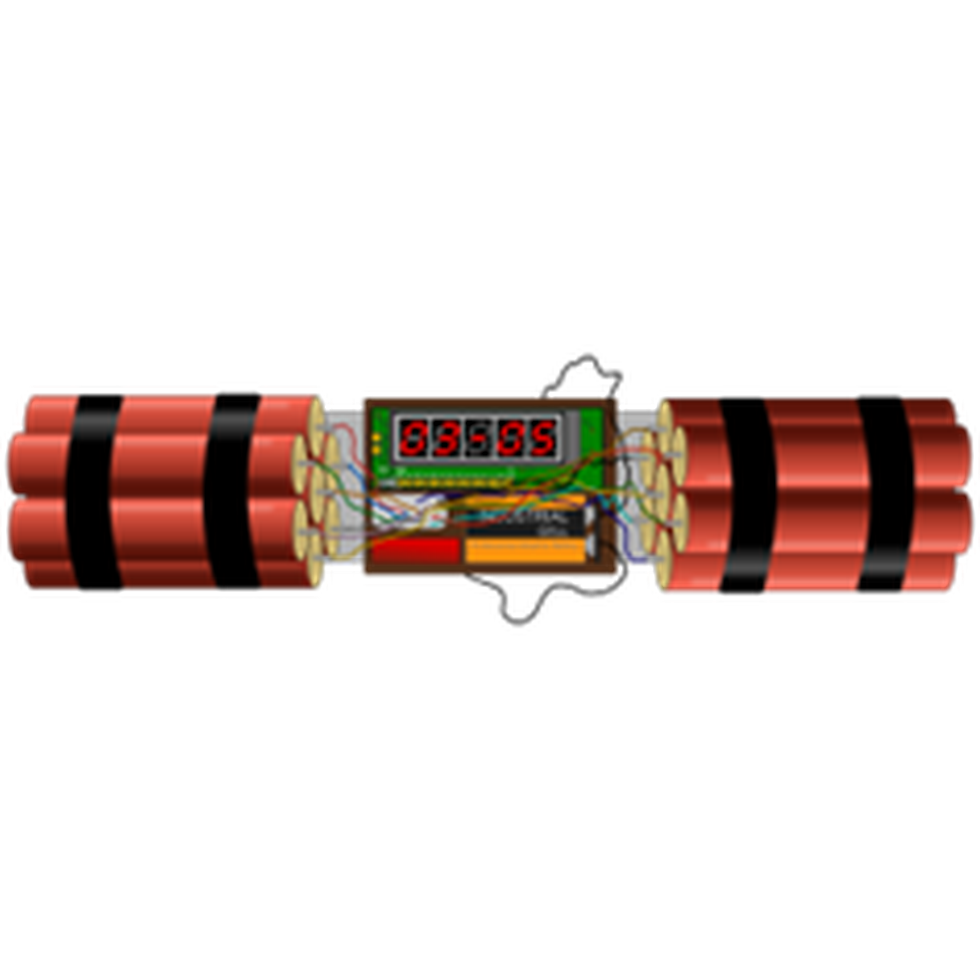About Improvised Explosive Device (IED):
- An IED is a type of unconventional explosive weapon that can take any form and be activated in a variety of ways.
- IEDs are used by criminals, vandals, terrorists, suicide bombers, and insurgents.
- Because they are improvised, IEDs can come in many forms, ranging from a small pipe bomb to a sophisticated device capable of causing massive damage and loss of life.
- The extent of damage caused by an IED depends on its size, construction, and placement, and whether it incorporates a high explosive or propellant.
- The term IED came into common usage during the Iraq War that began in 2003.
- Elements of an IED:
- It consists of a variety of components that include an initiator, switch, main charge, power source, and container.
- IEDs may be surrounded by or packed with additional materials or “enhancements” such as nails, glass, or metal fragments designed to increase the amount of shrapnel propelled by the explosion.
- An IED can be initiated by a variety of methods, depending on the intended target.
- Materials used as explosives in IEDs:
- Many commonly available materials, such as fertiliser, gunpowder, and hydrogen peroxide, are used as explosive materials in IEDs.
- Explosives contain fuel and an oxidizer, which provides the oxygen needed to sustain the reaction.
